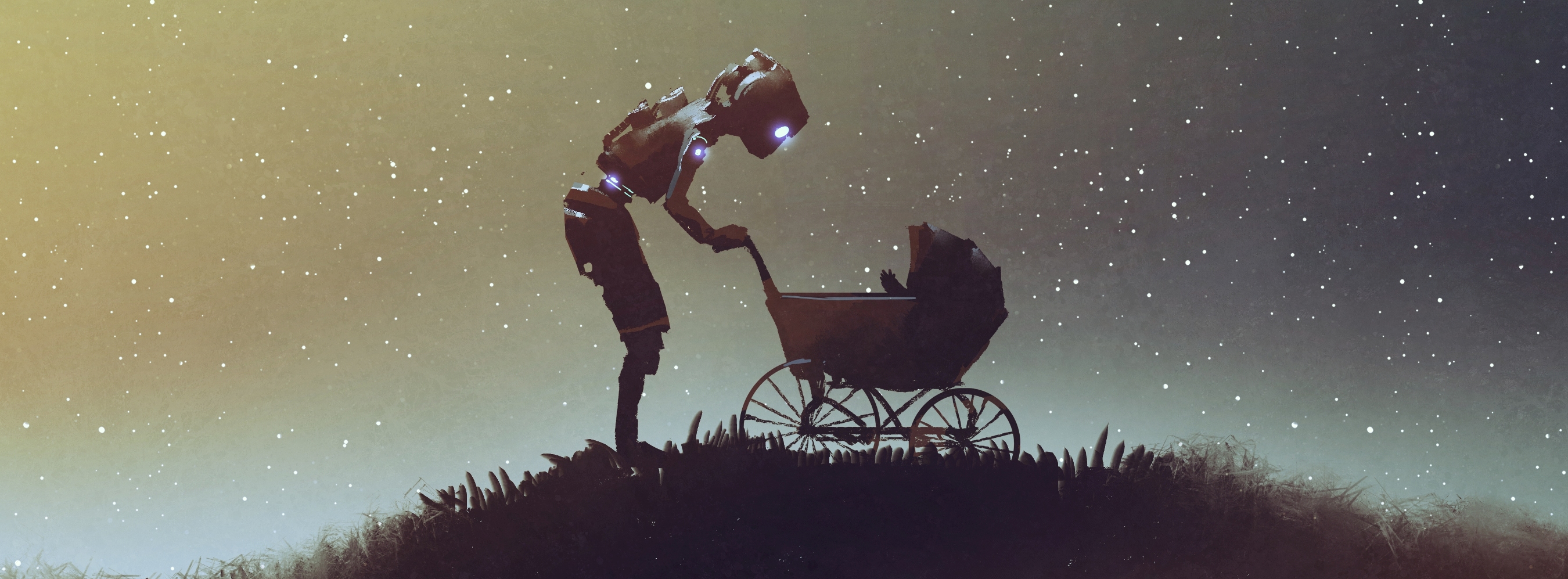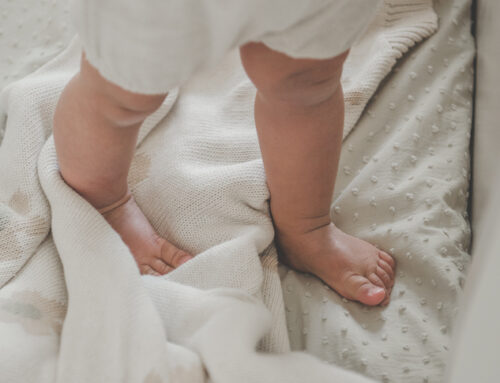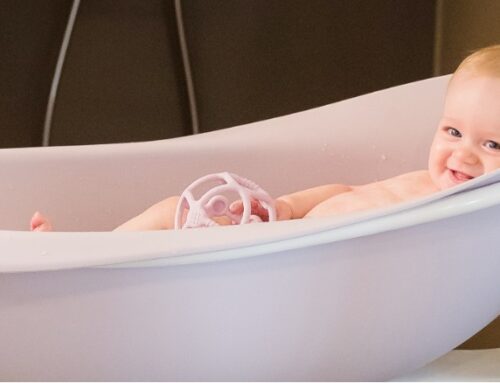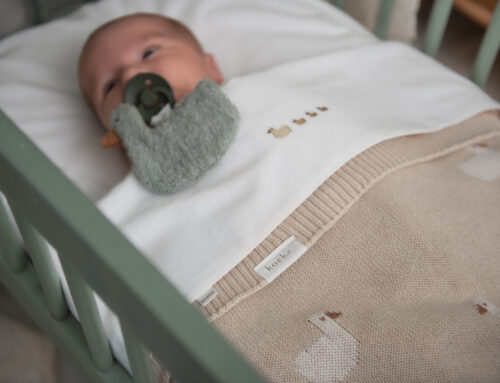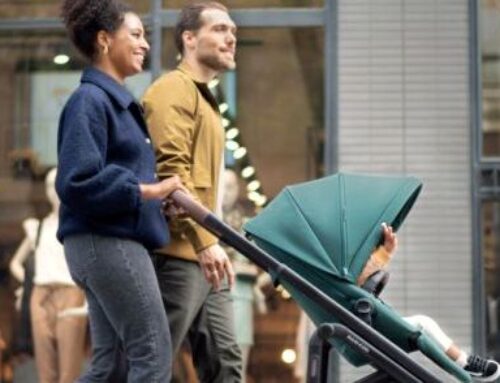What will the future bring us when it comes to mobility and caring for babies and children? I’m a fan of ‘science fiction’, so don’t be surprised if we move in a completely different way than we do now. Tests are already being done with sending packages via drones and there are cars that you don’t have to drive yourself. The time we will start moving ourselves by floating in small units or in a hyper loop through tubes may not be as far away as we think. Developments are going fast, but what about the transport of small children? And what else awaits us with the layette product development? Below I will set out a number of trends for families of the future:
Electric and recyclable buggies
A recyclable buggy or an electrically powered stroller? That’s not rocket science anymore, they’re already here. A forward-looking designer came up with a stroller made entirely of recyclable plastics. This stroller is also easy to assemble and can be assembled locally. There is a stroller whose parts are 80% recyclable and screws have been used instead of rivets, so parents can easily replace a part themselves. And now the first electrically powered stroller has been launched to help parents when you need to walk up or down a slope. Smart sensors in the push bar help to push or stop and provide the right support. Today’s strollers have large integrated sunshades, subdued colours, black frames and offer the possibility to personalise your stroller.
Maybe in 2050, a stroller won’t be as convenient anymore if we transport ourselves floating in units or in tubes, except if there’s a shell floating behind you like baby Yoda in the Mandalorian. In that case, a hightech baby carrier might be a lot more convenient!
Modular car seats
In the car seat industry, safety, functionality and comfort are the keywords. The latest car seats comply with the latest EU guidelines and are i-Size proof, that means based on the height of the child instead of weight, using Isofix to secure and transport the child backwards for as long as possible, which is the safest way. But more and more rotating car seats are also appearing, which is useful when taking your child in and out. Everyone knows the problem of heavy car seats. One solution are the modular car seats with a removable reducer that makes it easy to lift the baby out of the car and carry it close to you. The scale and chassis remain in the car.
Digi baby and smart nurseries: is technology taking over?
We also find more and more technology in the baby’s room. Think of scales, night lights with a sleep programme, ultrasound devices that you can use at home, socks that measure the heart rate and watch over the baby as well as smart nurseries, baby monitors with various functions such as camera, lullabies and room temperature meter that can be connected to smartphone, tablet or computer. The newest of the new are baby monitors that follow the baby’s development. These data can be shared with family and maternity care as desired. And for parents who have a crying baby and are tired of lulling, a cradle with 5 built-in cradle movements might be the solution!
The function of the baby clinics of measuring and weighing is therefore increasingly being taken over by technology that parents bring in themselves. How do we deal with this? And to what extent do parents learn to trust their own intuition? Given the risk of hacking products, the privacy of data is another point of attention.
Mimicking the mother breast
Breastfeeding is ‘fine’, but there are increasingly better feeding bottles on the market that resemble the mother’s breast in shape, length and feel. This means that these bottles are anatomically formed and therefore the risk of nipple confusion is becoming smaller and smaller. In order not to keep children waiting too long for their bottle, there are devices with which you can make a bottle of milk like a cup of coffee at the push of a button. There are also flasks that work with pressure and massage to imitate the baby’s sucking technique. Rotating breast shields with a wider opening angle provide extra comfort and more milk yield, Instead of sterilising the flasks in the microwave or with hot water or steam, flasks, dummy teats and other articles can now be sterilised at lightning speed with UVC LED, a completely new technique.
Sharing a layette instead of buying one?
Possessions becomes less important, so we don’t want to stuff our house with products anymore. Especially young parents think more about the earth we leave to our children and grandchildren. Why does every parent have to buy a complete, expensive layette that is only used for such a short period of time? Sharing products or leasing together is already done for cars and bicycles. It saves money, is good for the environment and this development will take off. Certain baby products lend themselves well to the sharing economy, such as a playpen, bedstead, high chair, buggy and toys. That explains the rise of babytheques; a library for baby equipment and organisations where you can lease baby products, such as Wheely, Mr Beetle and BabyLoop.
In our baby market, however, there are products that are not so easy to share from a hygienic point of view, such as baby bottles, teats, tubes and breast shields of flasks and mattresses. Safety is also an issue, because it is difficult to assess whether a car seat was previously involved in an accident and is therefore no longer safe…
Sustainability in the baby market
It’s great to see more and more thought being given to the use of sustainable materials and designs. It is a great thing to breathe new life into baby products. I already mentioned the recyclable buggy above, but there are now nursery bags as well that you can use for a long time, from diaper bag to school and work bag, made from eco leather and recycled PET bottles. Another example are building blocks made of durable material that can be used by children from 0 to 6 years old!
If you want to read this in Dutch, please see BabyWereld.nl
Read more articles
Foto: iStockphoto


